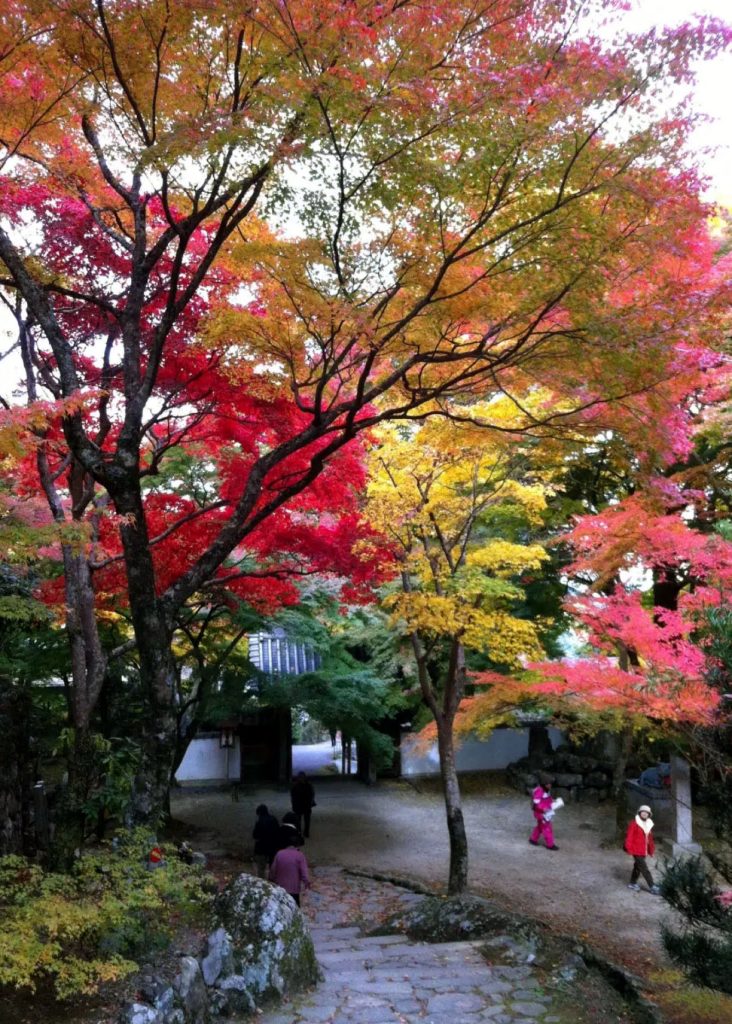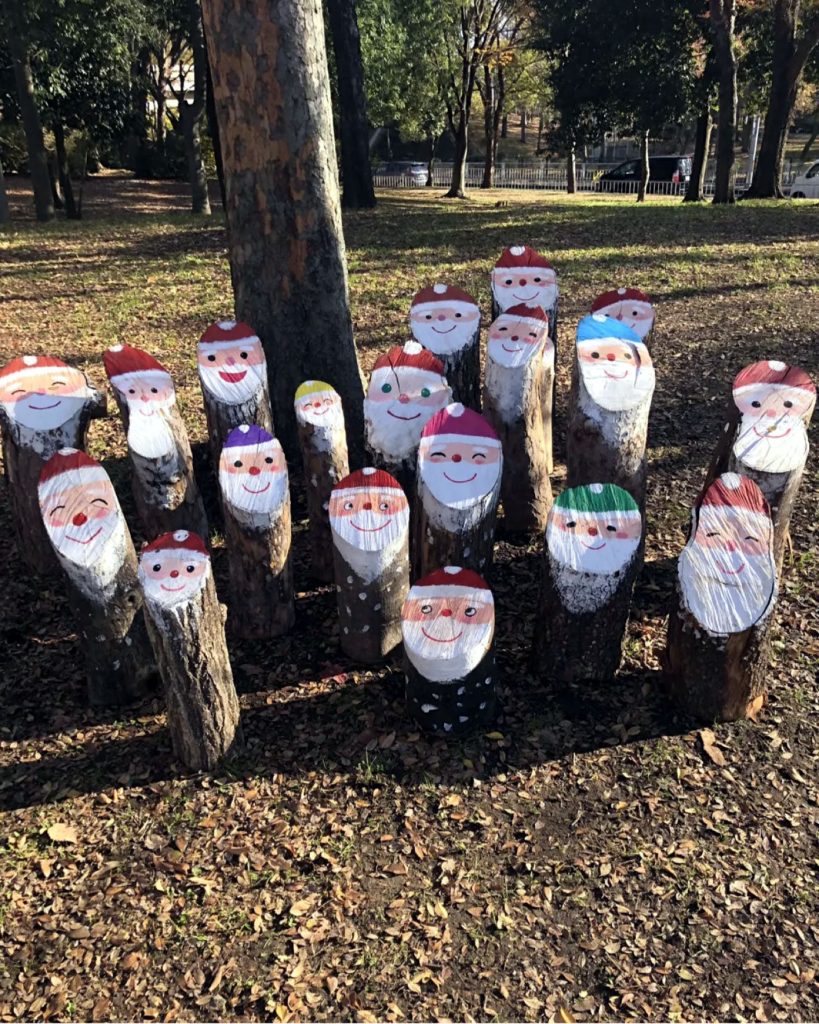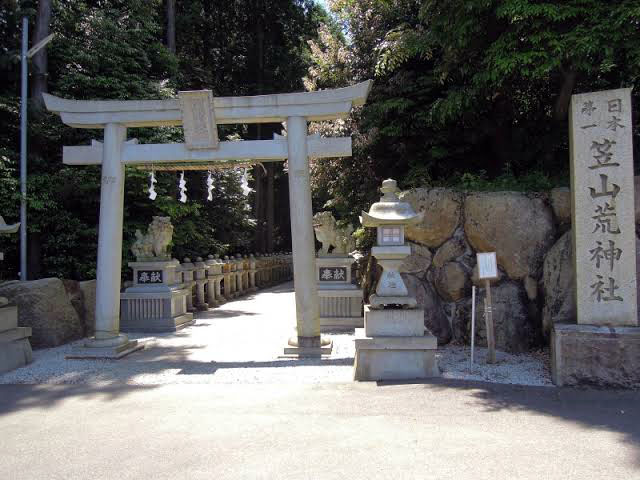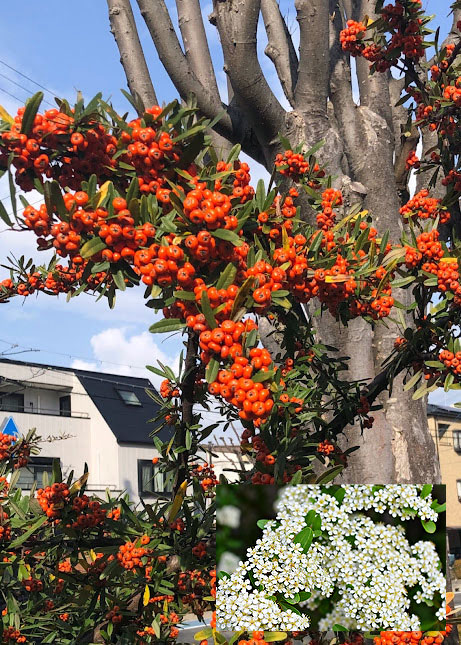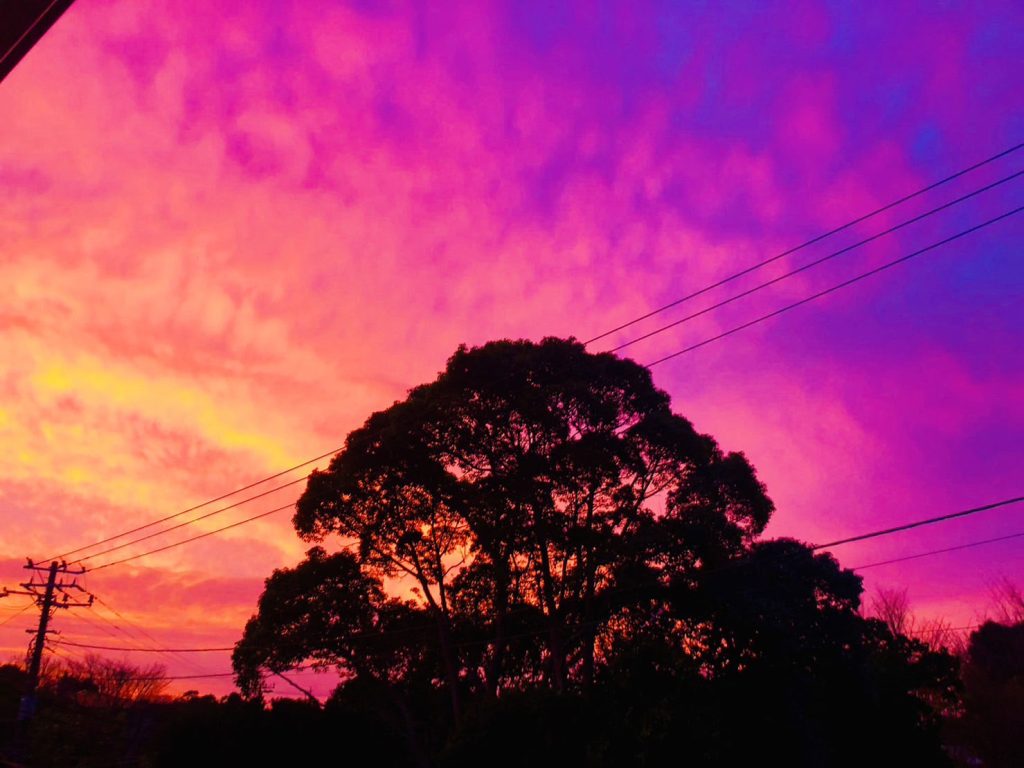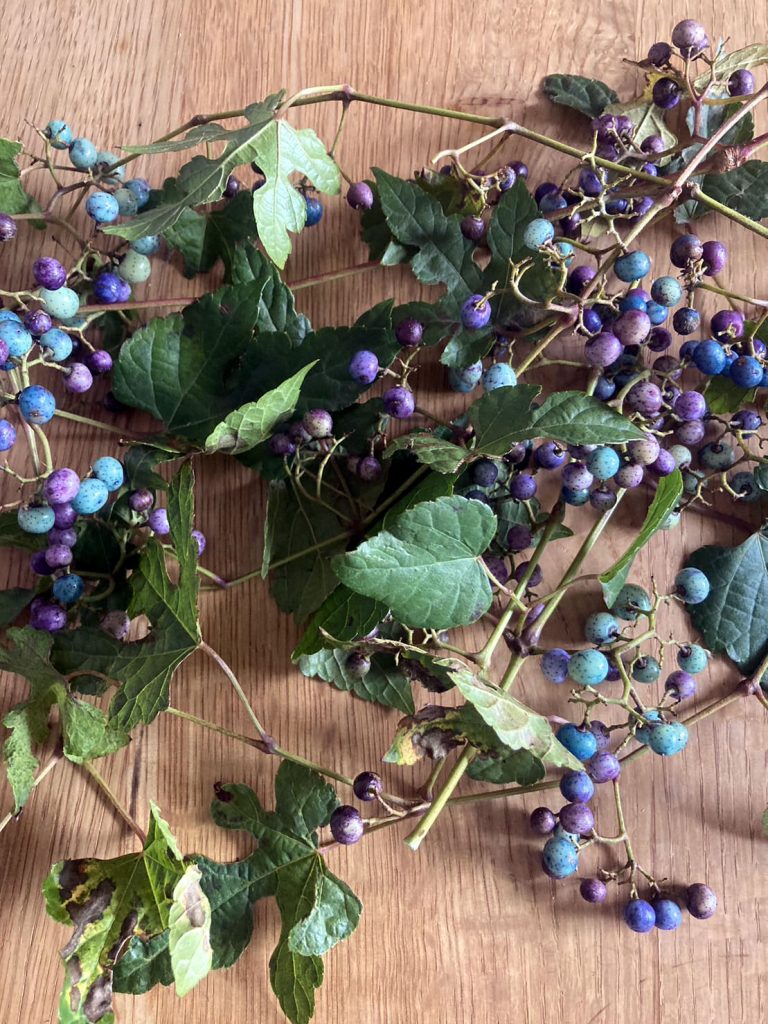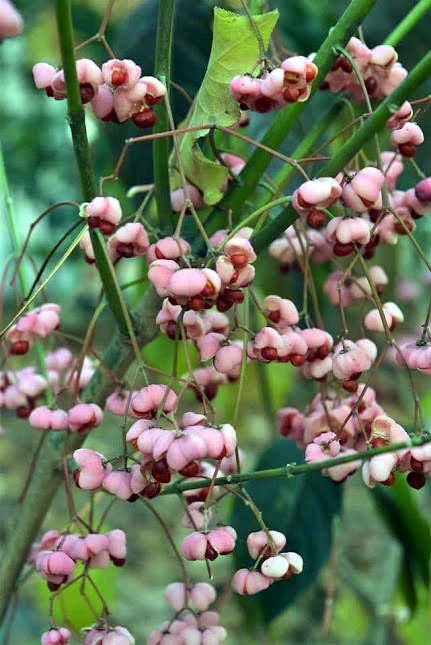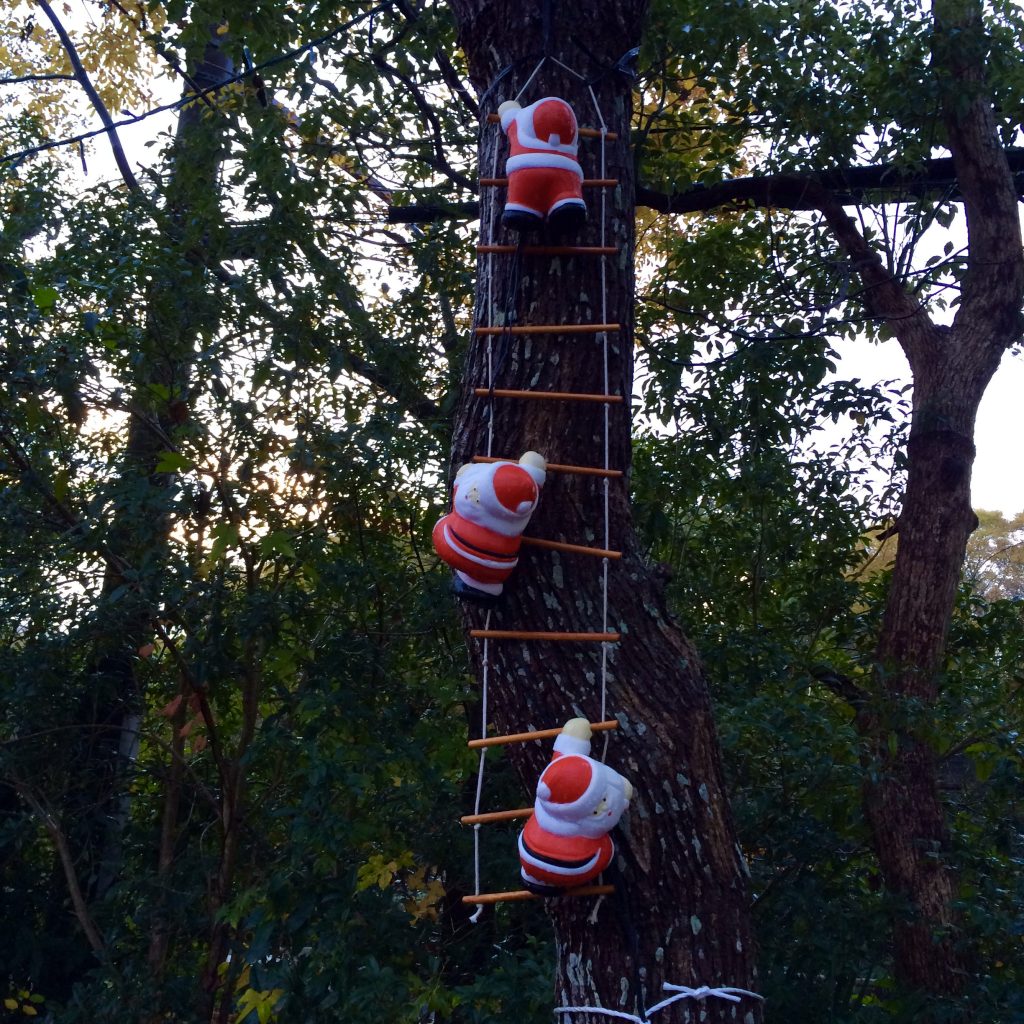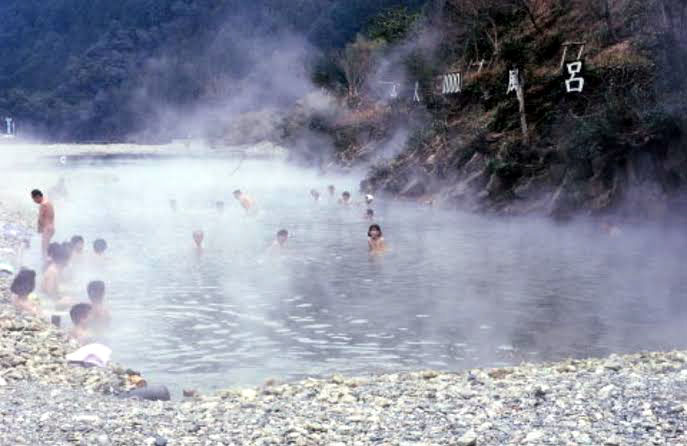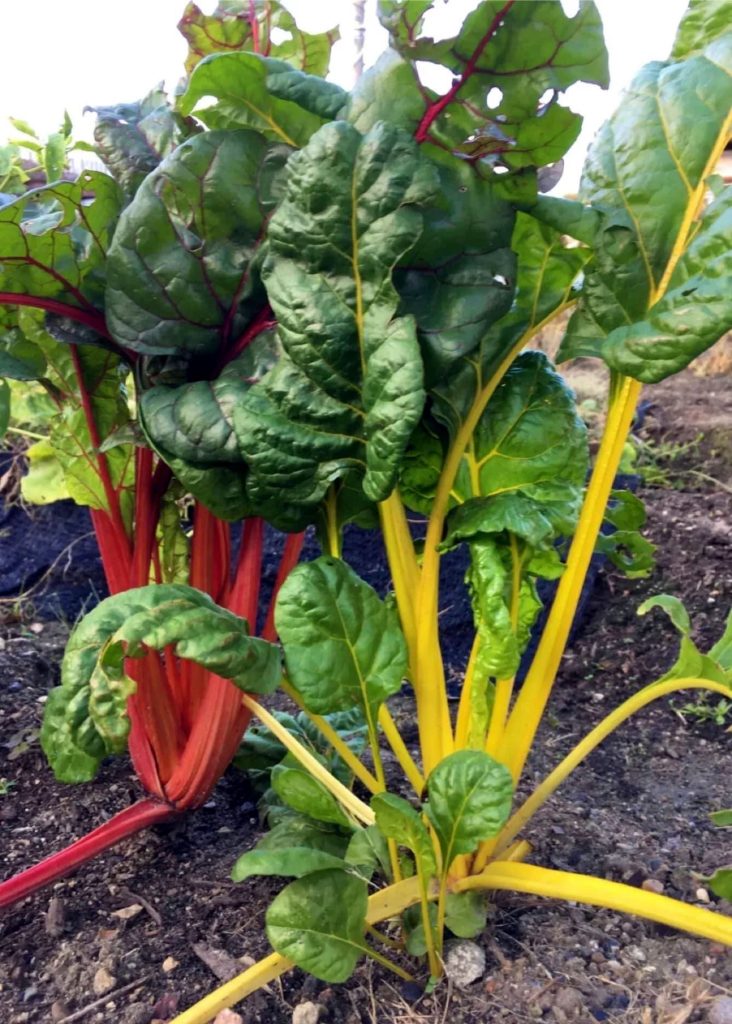
As I walk along the road, in a field, large red and yellow vegetables are planted in pairs. Initially, I thought they might be a type of turnip, but when I asked the person tending the field, they said it was ‘Umaina.’ While I’ve heard of and eaten Umaina before, it was never such large vegetables. Taking a photo and searching online, I found it to be Swiss chard. Despite its distinctly Western name, its Japanese name is Fudansou (不断草), both of which are unfamiliar to me. The colorful stems and the glossy, deep green leaves, reminiscent of spinach, are impressive. It turns out that this vegetable has a considerable history. Originally from the Mediterranean coast to the Caspian Sea, it has been cultivated since ancient times, even making its way to Japan during the Edo period.
Around the early Meiji era, varieties with visually beautiful red or yellow appearances using large leaves were imported as ‘Kaensai’ (火焰菜), but they are no longer seen today. The Fudansou I saw this time might be related to those flame-colored vegetables. Fudansou has been in Japan for a long time, and during the summer, it was used as a substitute for spinach, acquiring various names in different regions. In Osaka, it is called Umaina. In modern times, it is used under the name Swiss chard in colorful recipes.
道を歩いていると、畑に赤と黄の大柄な野菜がペアで植っています。最初はカブラの一種かと思って、畑の人に聞いたらウマイナだといいます。ウマイナだったら聞いた事はあるし、食べた事もあります。しかし、こんな大柄な野菜ではありません。写真に撮って検索してみると、スイスチャードとあります。いかにも西洋野菜らしい名ですが、和名を調べるとフダンソウ(不断草)とあり、どちらも耳慣れない名前です。見るからにカラフルな葉柄部と、ホウレンソウのように濃い緑色で光沢をもつ葉の大きさには圧倒されますが、結構歴史のある野菜だそうです。原産地は地中海沿岸からカスピ海辺りで、紀元前から栽培され、日本にも江戸時代には入って来ています。
明治初年頃には、大葉で赤色や黄色の外観的に美しい品種がカエンサイ(火焰菜)として輸入されましたが、現在では全く見られなくなっているそうですが、今回見たフダンソウがその火焰菜かもしれません。フダンソウは日本にも早くから入ってきていて、夏場にはほうれん草の代わりとして利用され、各地でいろんな名前がついています。大阪ではウマイナと呼ぶそうです。今風には、スイスチャードの名前で彩り豊かなレシピとして使われています。

